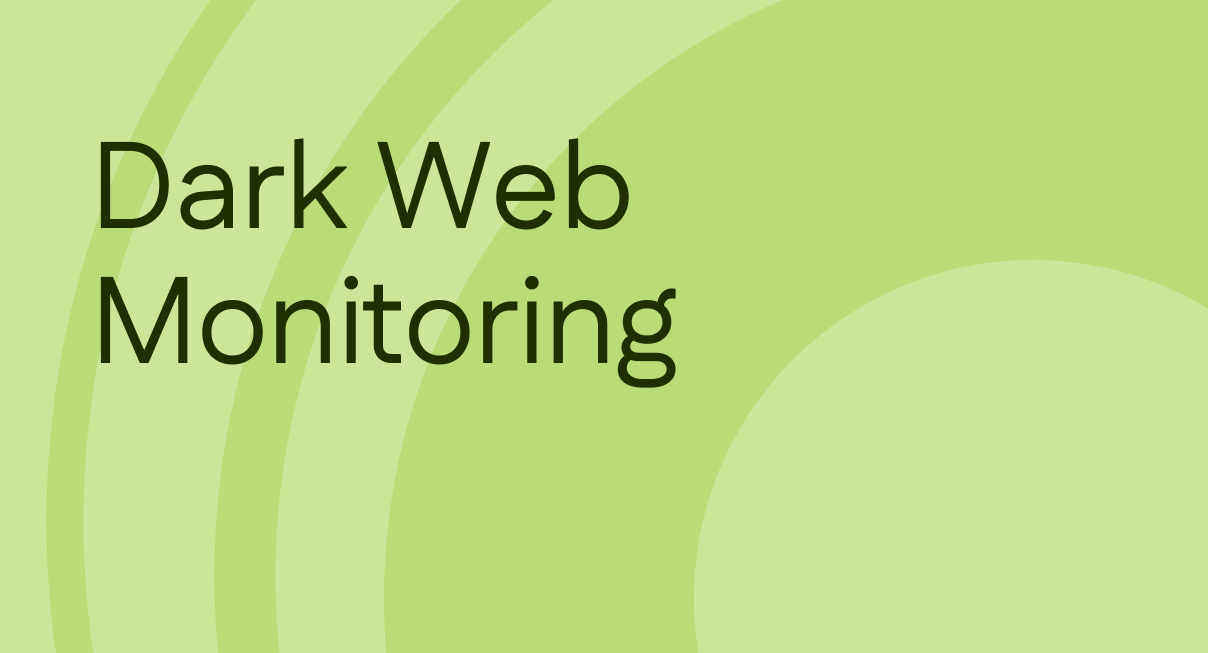Cyber Risk Management in a New Digital Landscape
To manage cyber risk effectively at a time when workloads and databases are moving online and everything is connected, organizations need to take a holistic view of their digital environments, assess cyber threats in a wider context, and reimagine security.

In our concluding post for Cybersecurity Awareness Month 2023, we summarize four fundamental best practices that can help your organization create a strong cyber risk management strategy and build resilience against threats.
Follow an Established Cybersecurity Framework
An established cybersecurity framework can be a great starting point for your cyber risk management strategy. Industry-vetted frameworks like the NIST Cybersecurity Framework and the CIS (Center for Internet Security) Critical Controls provide structured guidelines and best practices for organizations to secure their digital infrastructure, assets and data.
How a cybersecurity framework can benefit your organization:
- Provides a structured and repeatable set of steps to manage cyber risk
- Helps you move closer to meeting regulatory requirements.
- Acts as a foundation to develop your own information security policies.
- Provides a common language to establish clearer communication between your IT and business departments.
When selecting a framework, consider your specific organizational goals, regulatory requirements, and industry best practices. It’s essential to evaluate and choose a framework that aligns with your unique needs.
Align Cyber Risk Management with Business Needs
Digital transformation has blurred the lines between “business” and “cyber.” Effective risk management now demands the alignment of cybersecurity initiatives with your organization’s bottom line.
To assess cyber risk in the context of your business, consider the following steps:
- Gain complete visibility into your digital devices, systems, apps, and data assets.
- Quantify risk to digital assets in monetary terms to understand potential financial losses in the event of a cyber incident.
- Prioritize risk reduction measures based on their estimated business impact.
- Simplify cyber risk communication by using clear and easy-to-understand metrics when presenting cyber risk to the board and executive leadership.
Today, viewing cyber risk through a business lens isn’t just a good practice, it’s a legal imperative. By aligning cybersecurity with your business’s objectives, you ensure that your cybersecurity efforts provide the greatest return.
Take a Data-Centric Approach to Cyber Risk Management
Organizations’ critical data is usually the primary target for cybercriminals, which means that your cyber risk management program can be effective only if it is built around your critical data.
Start by focusing on the following key steps:
- Create a context-specific data security policy that aligns with your business needs and regulatory requirements.
- Get complete visibility into your data – whether it is on-prem or in the cloud – and classify this data by sensitivity and criticality.
- Implement data protection controls that cover security against threats and accidental disclosure as well as compliance requirements.
- Continuously monitor data usage and data flows to detect any anomalous activity.
- Protect the devices and applications that house your data and ensure that systems are securely configured to prevent unauthorized access or accidental data exposure.
By prioritizing the security of your critical data, you build a strong foundation for your overall cybersecurity strategy.
Consider Multiple Parameters to Assess Overall Cyber Risk
To protect against evolving cyber threats effectively, organizations must adopt a comprehensive approach to assess cyber risk across their on-premises and cloud computing environments. This assessment should not only cover vulnerabilities but also configuration weaknesses, sensitive data exposure, and various other risk factors.
By taking a wide view of cyber risk and considering multiple parameters, you can gain a holistic understanding of your organization’s threat exposure.
- Regularly scan systems, devices, and applications to identify and remediate vulnerabilities
- Scan systems and apps for configuration weaknesses and drift, and mitigate risk based on scan results
- Discover, classify and protect sensitive data both on-prem and in the cloud
- Estimate the financial and business impact of potential cyber incidents and create your cyber strategy accordingly
- Monitor the dark web for mentions of your brand and any leaked or stolen company data
- Be aware of the regulatory compliance requirements and build these into your risk management program
Conclusion
With cyber threats evolving constantly, organizations need to be proactive when it comes to managing cyber risk and adopt new tactical and strategic measures to stay resilient. By following an established cybersecurity framework, aligning cyber risk management with business objectives, taking a data-centric approach, and considering multiple parameters when assessing overall cyber risk, your organization can enhance its cybersecurity posture and protect its digital assets effectively.
The CYRISMA Platform
CYRISMA brings together all essential cyber risk management capabilities in a single SaaS platform that is user-friendly, data-centric, and constantly evolving to address new risk factors.
Platform capabilities include:
- Vulnerability and Patch Management
- Sensitive Data Discovery and Data Protection (On-prem and in the Cloud)
- Secure Configuration Scanning (Windows, Linux, Mac)
- Cyber Risk Quantification
- Dark Web Monitoring
- Risk Mitigation
- Active Directory Monitoring (Azure AD & On-prem AD)
- Compliance Tracking (PCI DSS, HIPAA, NIST CSF, CIS Controls)
- Cyber Risk Assessment Reporting
For more information, take a look at our Platform Overview page, or watch this short 3-minute demo of CYRISMA.
Latest updates
View allTurn risk and compliance into revenue
Get a Demo








